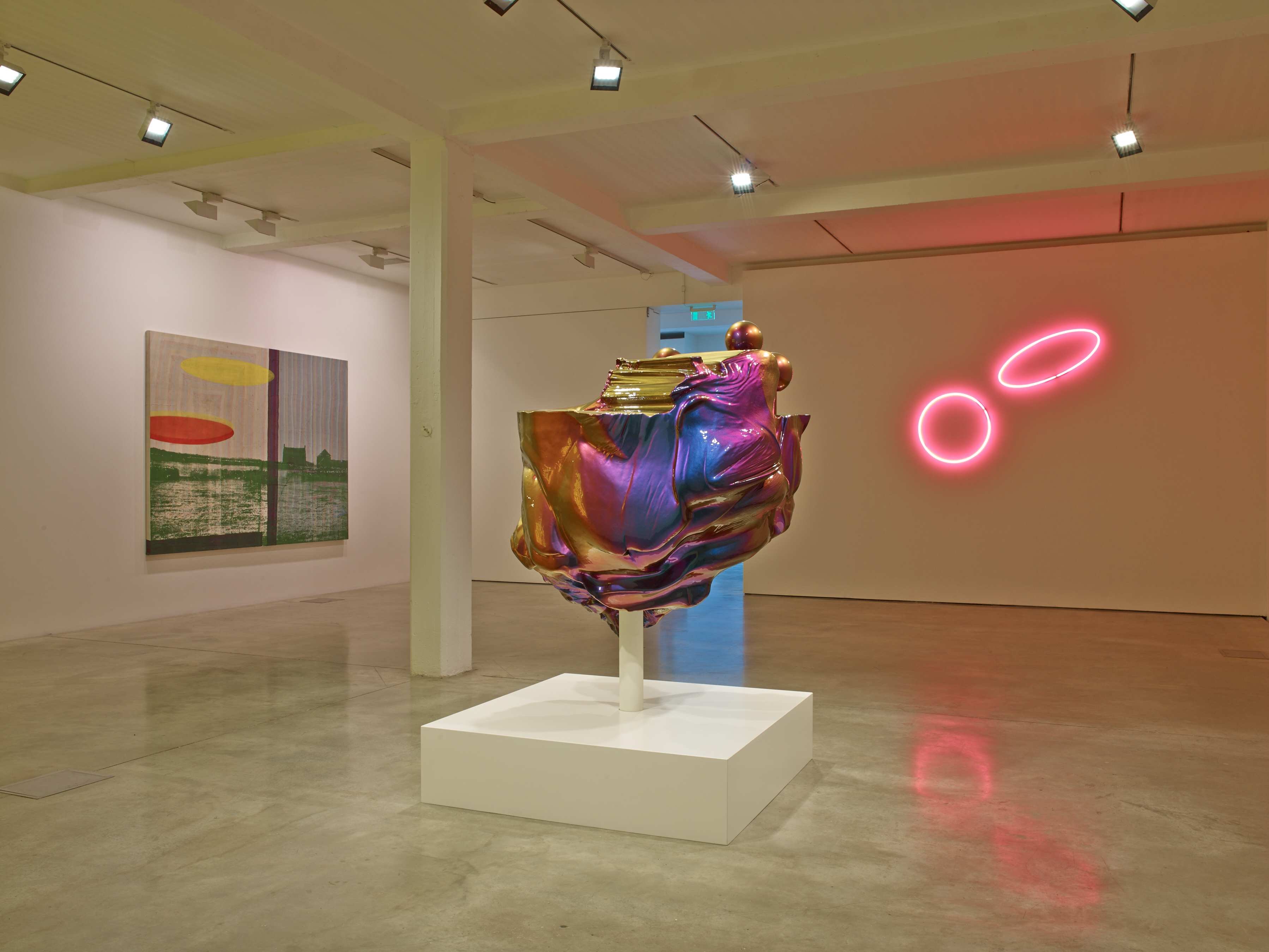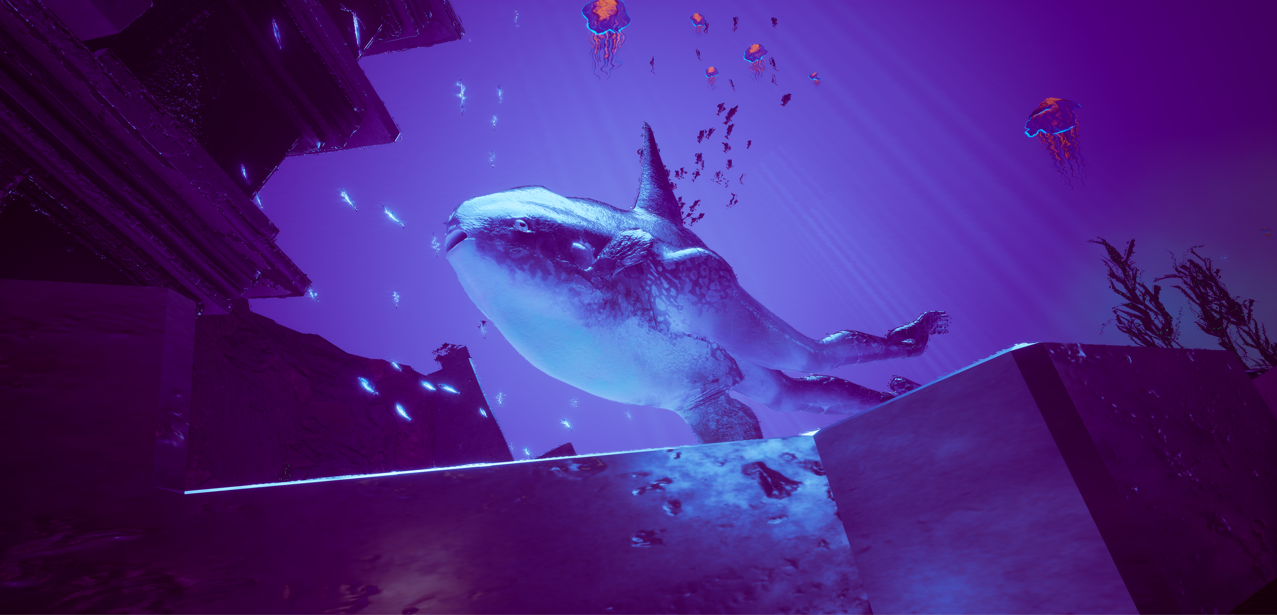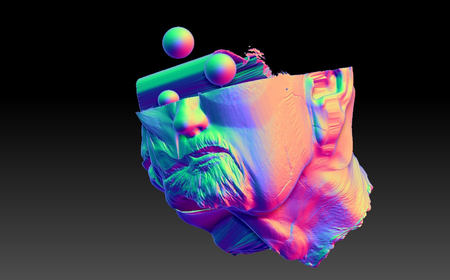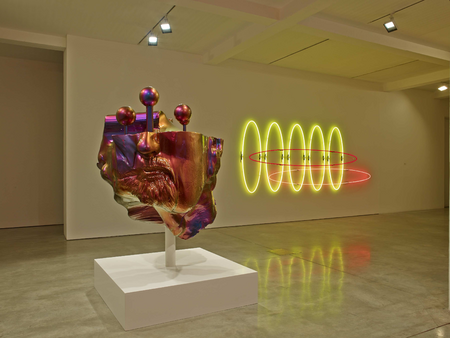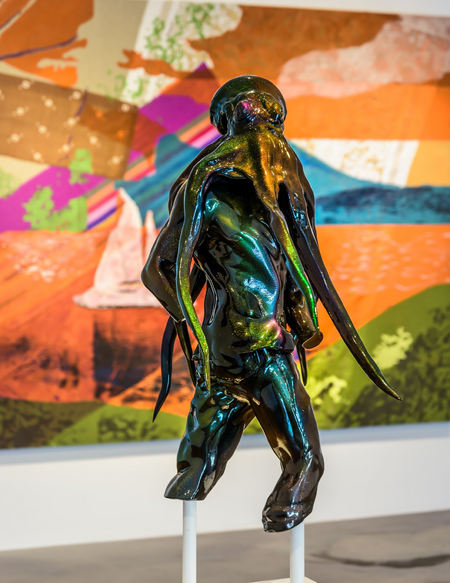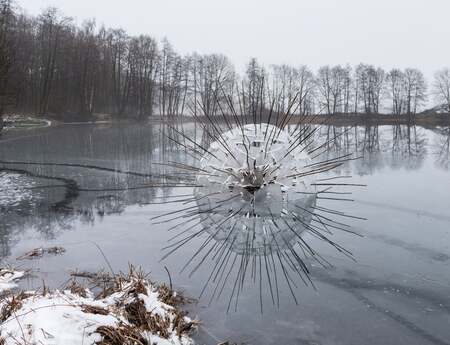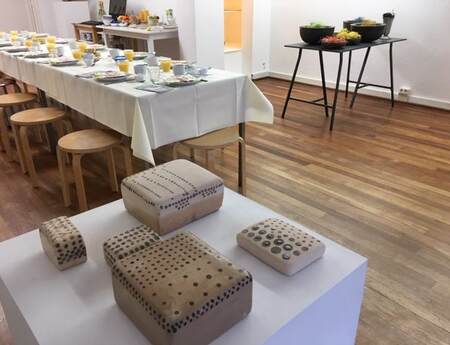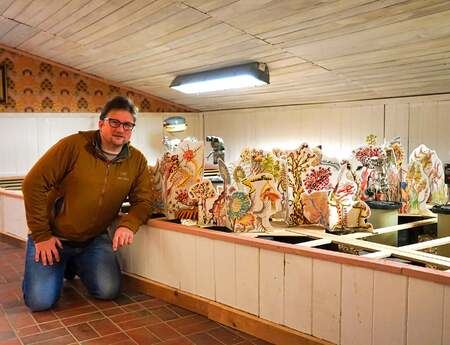A Route Back to the Philosophy of Embodiment – An Interview with Shezad Dawood
Shezad Dawood works across the disciplines of painting, film, neon, sculpture, performance, virtual reality and other digital media to ask key questions of narrative, history and embodiment.
I had the great pleasure of visiting Shezad Dawood’s studio in East London where I learned that working across media is a complete feedback loop and an exciting method to rethink sculpture in the 21st century. We had a fascinating conversation about the physical versus the metaphysical and explored Shezad’s desire to reinvigorate sculpture as a dynamic, living medium.
Kami Naglik (KN): Let’s talk about the notion of sculpture within your multi-faceted practice and in this moment and time.
Shezad Dawood (SD): There is a very interesting way in which at this point – with the advent of various technologies – sculpture becomes a route back to the philosophy of embodiment. The idea of sculpture finding its form is very old, dating back to Plato, but when applied to new technologies it becomes frightening, as if heralding the end of civilisation.
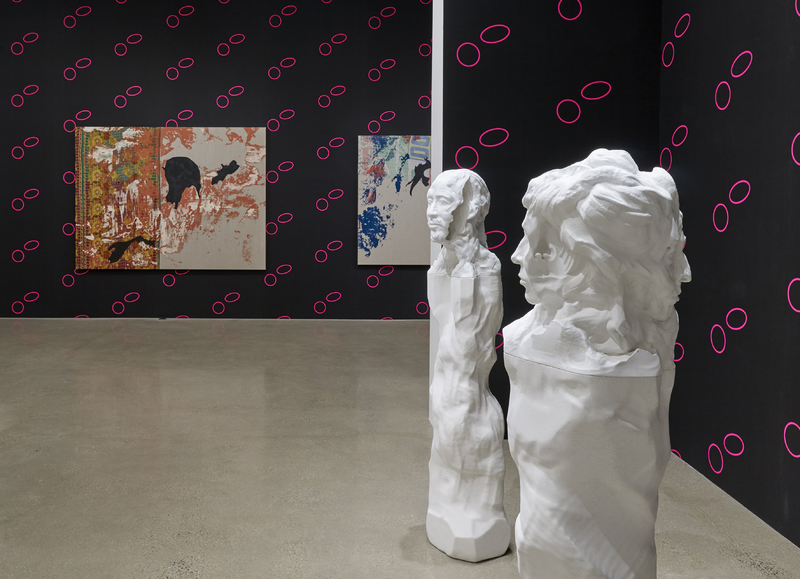
KN: Would you then reserve sculpture as a medium to unpack specific ideas or problems?
SD: For me it’s about conversational poetics in the space between things. I am as obsessive about ideas as I am about the form, so often I won’t just make a sculpture. In two works in my 2016 exhibition: Kalimpong, I explored the concept of quantum portrait busts; formally, this meant that I combined images of the sitters at different ages, employing both 3D modelling software and hand finishing. I love this ‘cyborg interaction’ where the machine and the hand are complementary and almost dancing with each other.
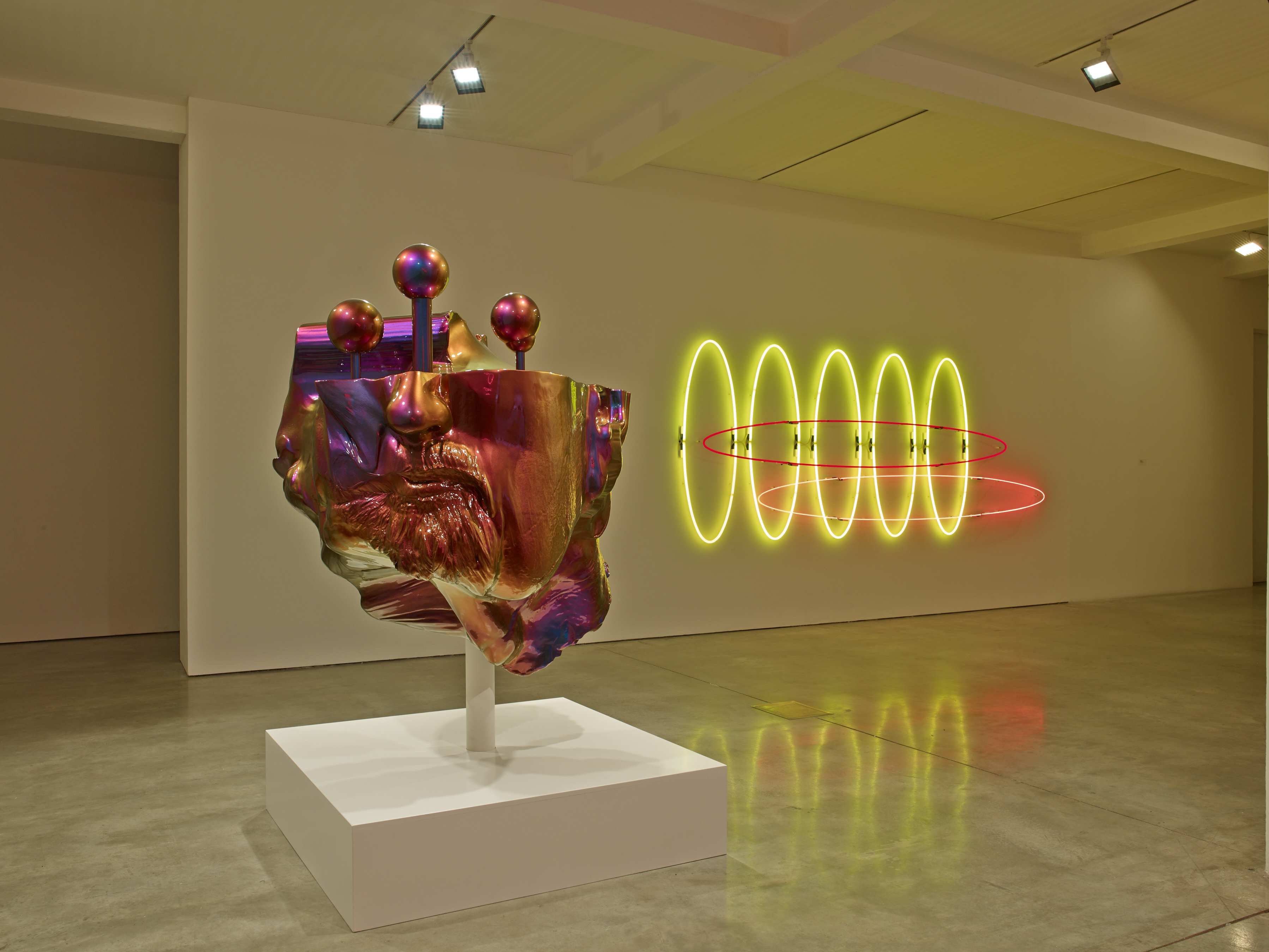
Why Depend on Space and Time, 2014, Resin and polychromatic paint, wooden plinth, 195 x 125 x 125 cm, Exhibition view of Towards the Possible Film, Parasol Unit, London, 4 April – 25 May 2014
KN: This brings us back to the question of embodiment. Having a physical work and its iterations in the digital realm - is it an avenue of work you have been exploring since?
SD: Indeed. These two Kalimpong sculptures also exist in VR. I used the 3D digital files of the heads to create large-scale, floating holograms so that once in the VR, the viewer could stand inside them. This way, you were able to appreciate the interior contours, which were otherwise impossible to see in real life (IRL). But my 2014 exhibition at Parasol Unit (London) was when I first made an attempt to use the 3D rendering on a computer screen as an actual model for a physical object. Here, conversely, the IRL sculpture is nearly 2 meters high. Additionally, there was a series of workshops around my sculpture Why Depend on Space and Time to experience it through touch only, addressing the perception and function of sculpture. In the end, a really good piece of sculpture often makes you want a tactile experience.
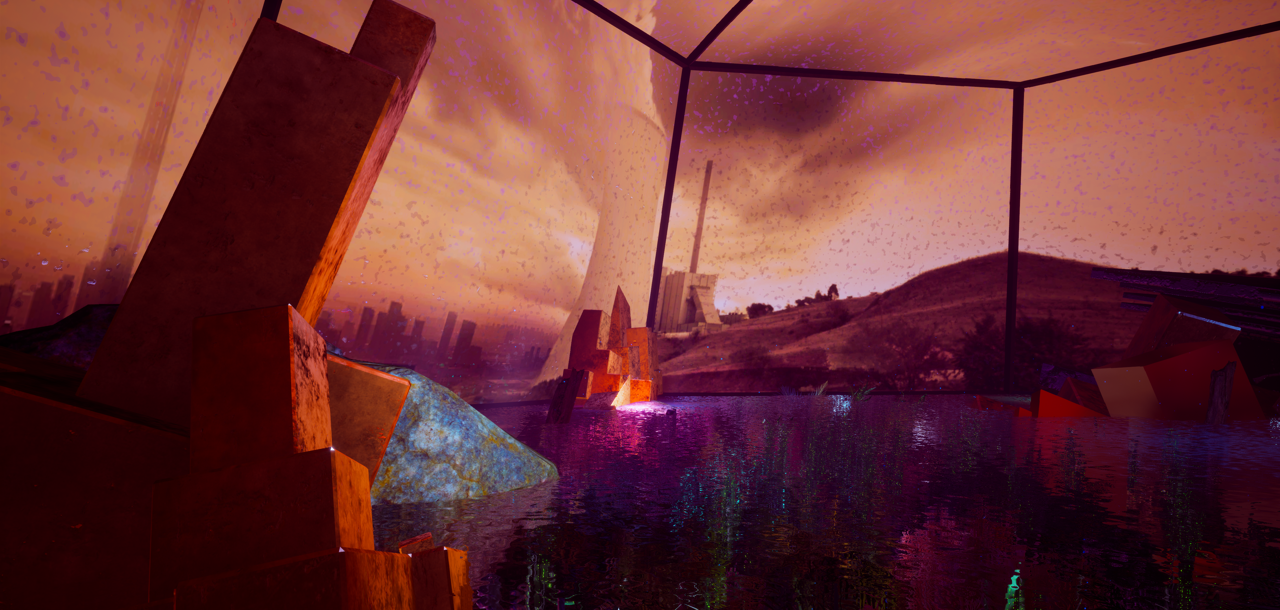
The Terrarium, 2020, VR, duration variable, (featuring parts of Anthropocene Island TAB17 by ecoLogicStudio and excerpts from The Terrarium Inventory by Graham Fitkin), Commissioned by UP Projects for Creative Folkestone Triennial 2021 and Kai Art Center, supported by CUPIDO, a project co-funded by the European Union, Arts Council England and Tallinn Culture Department, Courtesy of UBIK Productions
KN: Would this be a quality you aim to evoke in VR?
SD: Yes; both tactility and empathy. For instance, by using specific gaming engines, I am creating a different experiential field which attracts new audiences who would never have interacted with classical sculpture.
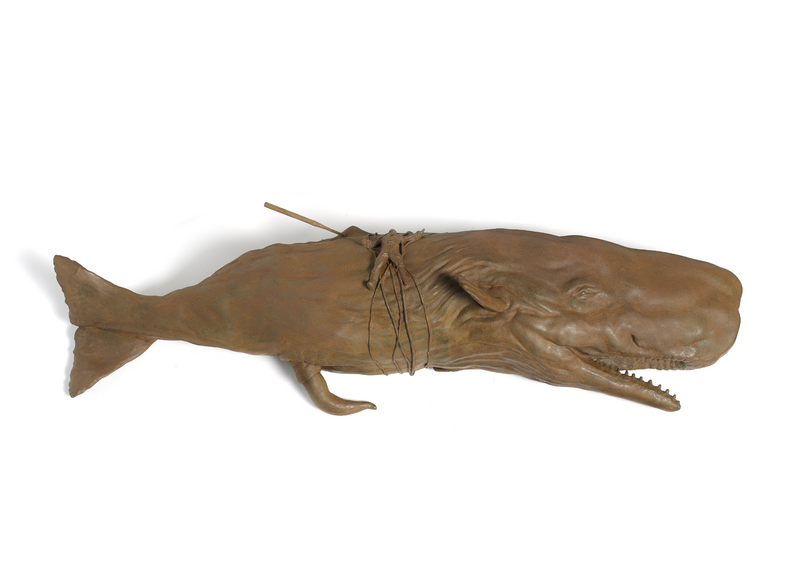
KN: On the subject of classical sculpture, historically the work tends to be conceived in isolation – as an independent statue, for instance. But in your practice, it always seems to be part of a larger installation. Can your sculptures exist on their own?
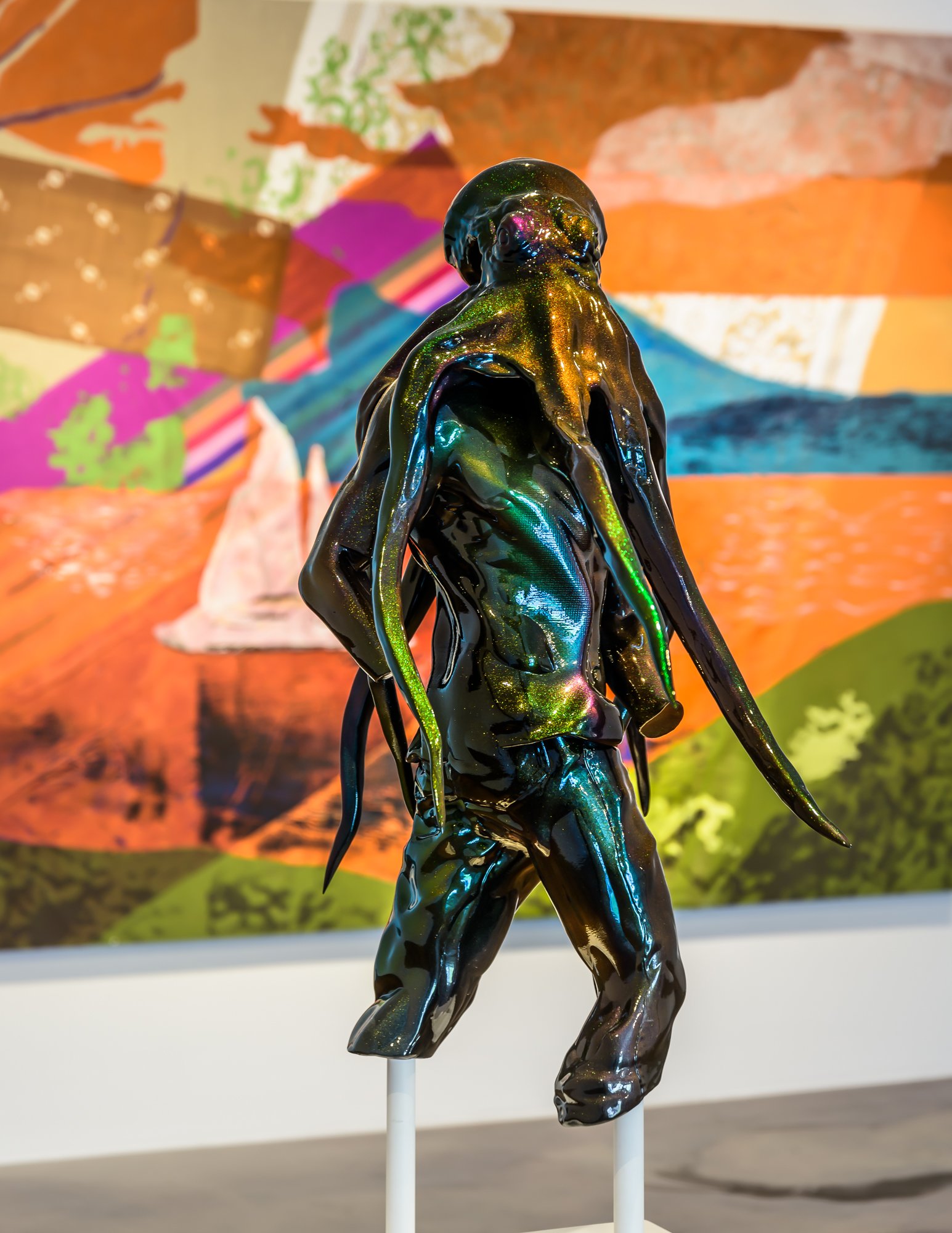
1st September - 4th November 2018
SD: Yes. In fact, you will hear about a couple of high-profile public sculptural commissions soon, but some good examples from the past are the title piece of the Leviathan project – ironically, the smallest object in a multi-part film and exhibition cycle – or On Becoming Virtual Octopi. The latter is particularly interesting, as it later became the main character in my VR piece The Terrarium, currently on view in Folkestone. I translated it from a sculpture into an experiential feeling which the viewer embodies when navigating the VR world. You can probably see in it an evolution of the notions of embodiment from the Kalimpong exhibition. I am very excited to reinvigorate sculpture. It shouldn’t be a static traditional practice but a dynamic, living one where embodiment becomes both a philosophical and pragmatic vehicle.
KN: Lastly, what about the notion of interactivity, or the idea of sculpture being more of an immersive experience? Is it relevant in terms of pushing the boundaries of the medium?
SD: It’s both about how we interact with sculpture and how sculpture is informed and interacts with new developments in the world.
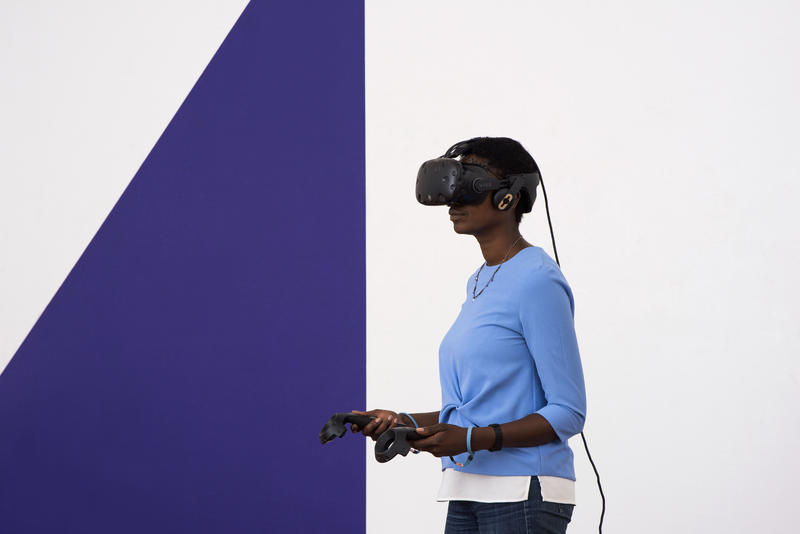
SHEZAD DAWOOD
Shezad Dawood (b. 1974, London) lives and works in London. He works across the disciplines of painting, film, neon, sculpture, performance, virtual reality and other digital media to ask key questions of narrative, history and embodiment. Using the editing process as a method to explore both meanings and forms, his practice often involves collaboration and knowledge exchange, mapping across multiple audiences and communities. Through a fascination with the esoteric, otherness, the environment and architectures both material and virtual, Dawood interweaves stories, realities and symbolism to create richly layered artworks.
He trained at Central St Martin’s and the Royal College of Art before completing his PhD at Leeds Metropolitan University. Recent solo exhibitions include: Timothy Taylor, London (2020-21), Kai Art Center, Tallinn (2020), New Art Exchange, Nottingham (2020), The Bluecoat Liverpool (2019); MOCA Toronto (2019); FriezeLIVE, London (2019); Kunstverein, Munich (2019). Group exhibitions include: Folkestone Triennial (2021), Guggenheim, New York (2021), Southbank Centre, London (2020-21) Boghossian Foundation – Villa Empain (2020), WIELS Bruxelles (2020), Manifesta 13 (2020), Lahore Biennial (2020), Dhaka Art Summit (2020), Sharjah Biennial 14, UAE (2019) – Jury Prize for Encroachment. http://shezaddawood.com
KAMI NAGLIK
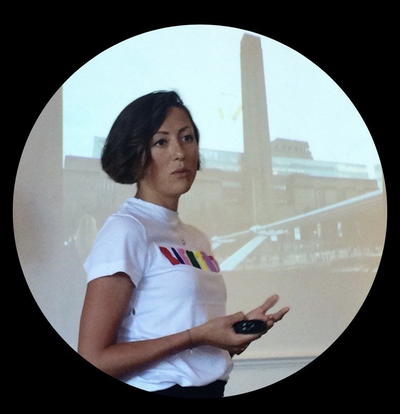
Kami has extensive experience within the institutional and private sectors across Europe and the USA, having previously worked for Christie’s, Sotheby’s, Tate and the Royal Academy of Arts. She is now working directly with artists, collectors and philanthropists on creative and commercial strategy, branding, international development and representation.
Cover picture: I’m so in, I see Ravel, 2015, Digital animation, 4:52 min. Courtesy of Factum Arte, Madrid
Published: October 2021
